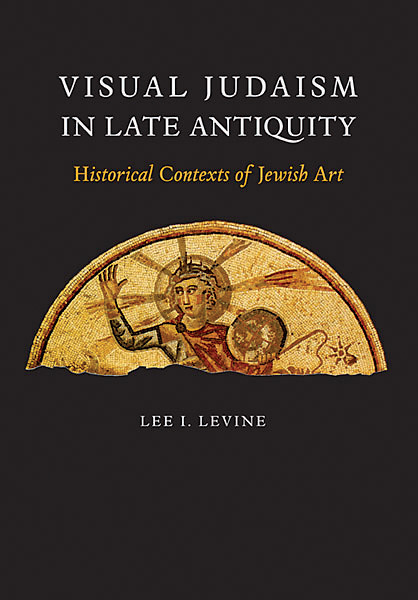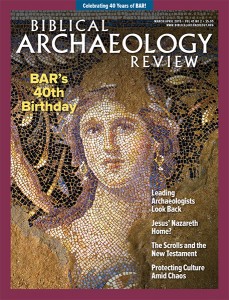
Lee Levine’s imposing new volume takes the reader on a 2,000-year journey from Palestine to the Diaspora, tracing the visual cultures of Israelites to Judahites to Jews from the 13th century B.C.E. to the seventh century C.E. In almost 600 pages, Levine tackles issues as wide ranging as the role of art in the construction of Jewish identity, liturgy and ritual, aniconism, messianism, mysticism, to its polemical role in the face of neighbors, Canaanite and, later, Christian.
Throughout, Levine works carefully and conservatively, giving voice to multiple perspectives and, for the most part, leaves it to the reader to choose sides in scholarly disagreements. He is a masterful compiler of data, synthesizing vast numbers of publications and excavation reports in a manner accessible to the layperson and academic reader alike.
In a number of exceptions, however, the author takes a stand, notably arguing for: the distinctive place Late Antiquity (third–seventh centuries C.E.) holds in the visual history of Judaism; the negligible role of the rabbis but the influential role of the Patriarchate in Jewish visual culture; the position of Ḥammat Tiberias as source/prototype for all Greco-Roman zodiac motifs throughout Late Antique Palestine; and the heterogeneous character of “Jewish art” that eludes universal or monolithic definition.
Already a library member? Log in here.
Institution user? Log in with your IP address.

